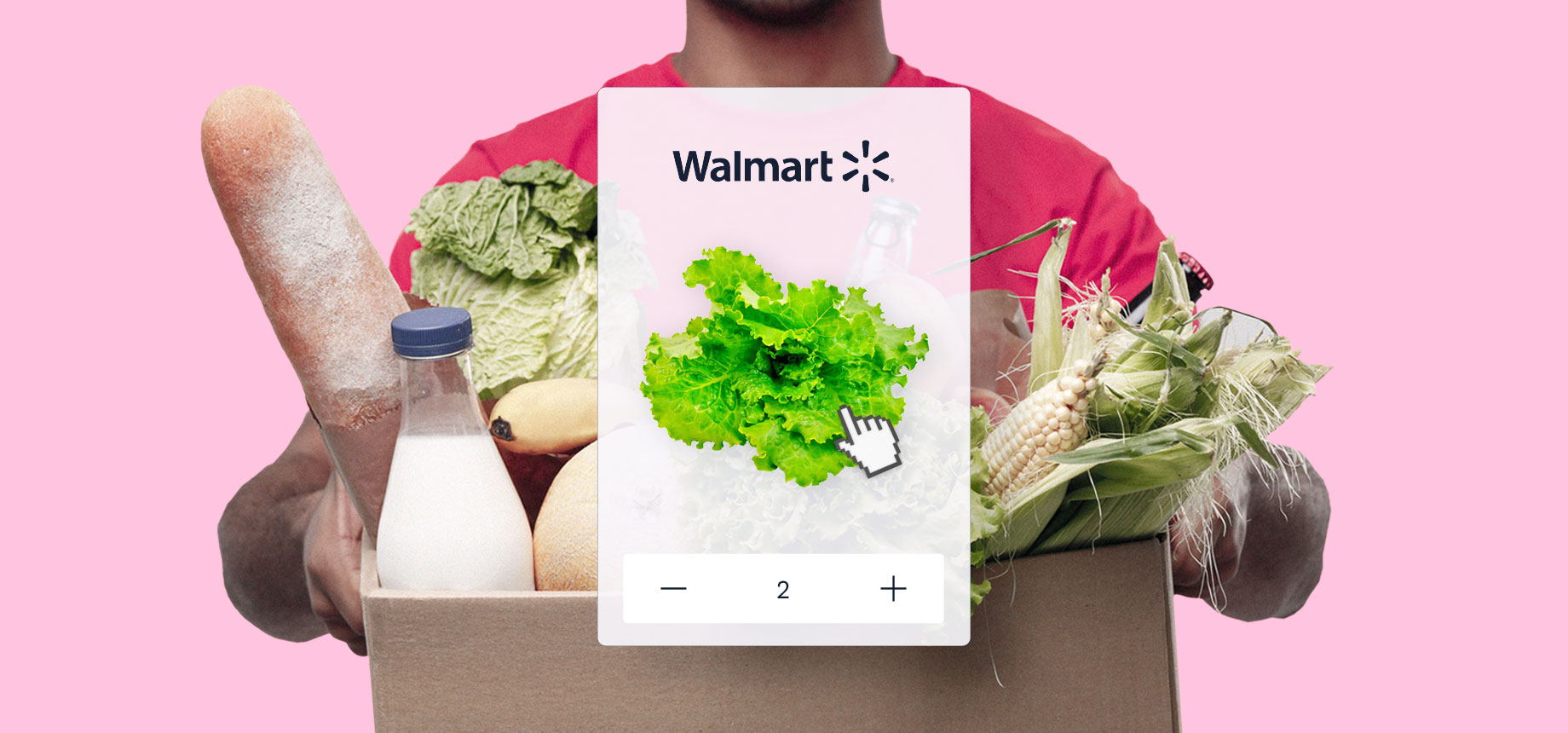
Nowadays, a clear and highly emphasized advantage of online shopping is safety. But even though the coronavirus pandemic has pushed plenty of people towards digital commerce, it is not what will make them stay after it goes away. There’s another value proposition that is more far-reaching and long-standing, something that a customer is gradually and irreversibly getting accustomed to: convenience.
The convenience of online shopping is not hard to see, regardless if you’re on the hunt for fresh grocery or for the latest and greatest skincare kit. A few clicks here and there while sipping coffee in your PJs and bam! All your desired items will be delivered to your doorstep in a matter of days, sometimes even hours. No more queues, no more bumping people, no more braving the weather or the rush hour, no more carrying bags that are filled to the brim. Antisocial? Maybe. Satisfying and quick? Definitely.
Or at least it should be.
To actually deliver convenience on digital channels, things are a tad more complicated than just setting up an online store. If the ecommerce is not well-configured, it no longer provides the promised value to the customer and instead induces headaches. This is especially true for grocery shopping, where things get even trickier: tens of items need to be searched per order, the frequency of orders is higher and there are countless brands to browse and choose from.
The devil is in the details and, as a Google & Bain whitepaper puts it, “when buying groceries online, convenience boils down to an experience that saves time, while also creating an intuitive and frictionless shopping experience from start to finish.”
Here is how Walmart Argentina managed to get customer convenience right.
With over 20,000 SKUs, you might think finding the items on your shopping list on Walmart Argentina’s ecommerce store is difficult, but think again! Walmart uses powerful search, filtering and sorting capabilities.
As a customer, you can get a head-start on your search through a variety of product categories with each having further subcategories to make your online shopping experience smoother. These are placed intuitively on the menu navigation or highlighted strategically on the main page, alongside special collections like “Last viewed”, “Online Exclusives”, “Offers in the last browsed category” and “Recommendations” – whatever Walmart wants to feature to you, it can.

If you’re more traditional and you know exactly what you want to buy, the good old search engine will pinpoint you to the right direction after which you can sort products according to name, price, popularity, release date and even discount rate.
Once you find what your heart desires, you can click on the “Agregar” button that adds the item to the cart. This element suddenly transforms into a quantity selector. If you want one item only, that’s by default already in your cart; if you want more, the quantity in your cart automatically updates according to the quantity selector on the product page. Seamlessly.

Another thing that Walmart does to help you out is monitoring and color-coding your progress towards meeting the minimum order value every time you add something to the cart.

Oh, and once items are in the cart, they will stay there, regardless if you accidentally (or voluntarily!) closed the internet window – this little trick is called a persistent cart.
If you access an individual product page, you’ll be met with recommendations of other products: similar ones, or ones that others bought, or ones that you might find interesting according to your tastes. Thus, if you forgot to write down something on your shopping list, chances are it might pop here.


For Walmart, the customer’s wishes always reign supreme from beginning ‘till end. For instance, once in the checkout, the shopper can choose from three different fulfilment options: home delivery, pick-up in-store and curbside pick-up (i.e. pick-up from the sanctuary of your car) – all available for the very next day.
Moreover, the availability and price of products are automatically updated once a day. If products on your order are somehow out-of-stock, you can choose to have them replaced with the best alternative item available that respects the price you paid – the so-called Walmart Criterion – or ask for its refund.
Last but not least, you have the option of creating and saving shopping lists for future use, which are easily turned into actual shopping carts. That way, you can do repeat ordering based on the frequency of your needs – a list of the fresh groceries you need two times a week and another one with BBQ supplies for your monthly family get-together. With your card details securely saved inside your account from your previous orders, all you have to do is click-click-click to buy your items. Now that’s what we call convenient.

Convenience is so alluring that over nine in 10 consumers choose a retailer based on it. As more and more retailers recognize this, the race is on. Choosing your preferred online grocery store will no longer be only about cheaper prices (although that will forever have some pull) but about speed and convenience in an increasingly busier world.
Item subscriptions, loyalty membership and discounts across all sales channels, omnichannel experiences whether you’re buying on a desktop page or a mobile page or an app, lightning-fast page loading speed, an intuitive navigation, AI-driven search results and recommendations and even customized shelves…
The list of features and functionalities that provide convenience to your customers can go on. Add it to your cart with VTEX.

